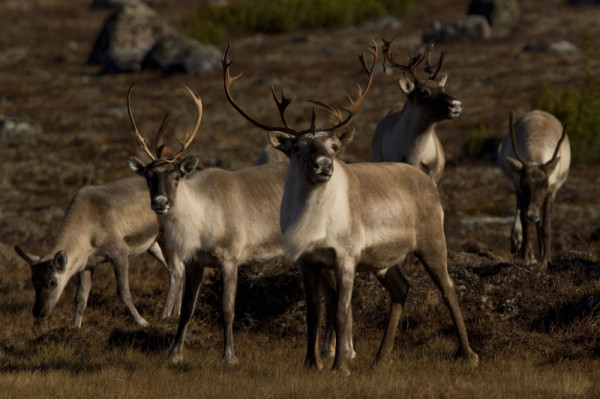Canada’s Wildlife Check-in: Is our government on the right path?
A few days ago I went to the parent-teacher interviews at my daughter’s high school. It was a chance to learn about her progress this year and to hear the teachers’ advice on how best to guide her. Like all concerned parents, I highly value this opportunity to check-in and make sure my child is on the right path to achieving her own goals.
Tomorrow, Canada will get a check-in of its own. The federal Auditor General ‘s office will release its Fall Report, a study led by the Interim Commissioner of the Environment and Sustainable Development. It focuses on Canada’s natural environment, and the government’s progress toward safeguarding it through its laws, policies and programs. This regular review aims to make sure that today’s actions and decisions leave a legacy for future generations in the tremendously rich wildlife that is Canada’s heritage.
© GaryAndJoanieMcGuffin.com / WWF-Canada
An important part of this review is Canada’s progress in regard to species at risk. The Commissioner’s Report will be a sobering reminder of how far we still have to go. I represent WWF on the federal Minister’s Advisory Committee on the Species At Risk Act (SARA). This is Canada’s legislation for wildlife already in, or on the way to, the ‘emergency room’. Along with experienced representatives from many of Canada’s industry associations, and other environmental NGOs, we have been offering many strong, pragmatic recommendations on how the federal government can accelerate the rate of recovery of Canada’s at-risk wildlife species—a list that stands at over 670, and continues to grow!
Earlier this year, we summarized these points for the new Environment Minister. As I wrote in a blog this past spring, when it comes to bolstering actions to protect species at risk, we need to use all the tools afforded to us by the legislation and departmental programs. That means recognizing and incentivizing the stewardship efforts of local people and companies as opposed to just imposing legal actions. In other words, we need to un-holster the carrot, not just the stick. After 10 years of SARA implementation, sadly there is little progress and priority on that front.
Measures like formal Conservation Agreements, progressive strategic environmental assessments and well-balanced ecosystem-based species recovery action plans, and Actions!, are all urgently needed. They are welcomed by the corporate sector too, for they bring increased certainty to their economic planning for those same habitats where wildlife species have to make their living too.
So let us pray that, like caring parents, the federal government does pay attention to the Auditor General’s review and recommendations. Let’s hope that Canada’s elected governments take the steps necessary to recovering species and protecting Canada’s natural heritage. After all, these are Canada’s own, laudable goals.
I’m certainly proud to sit alongside industry colleagues who share these same views and who are committed to a future for our children in which humans live in harmony with nature.


